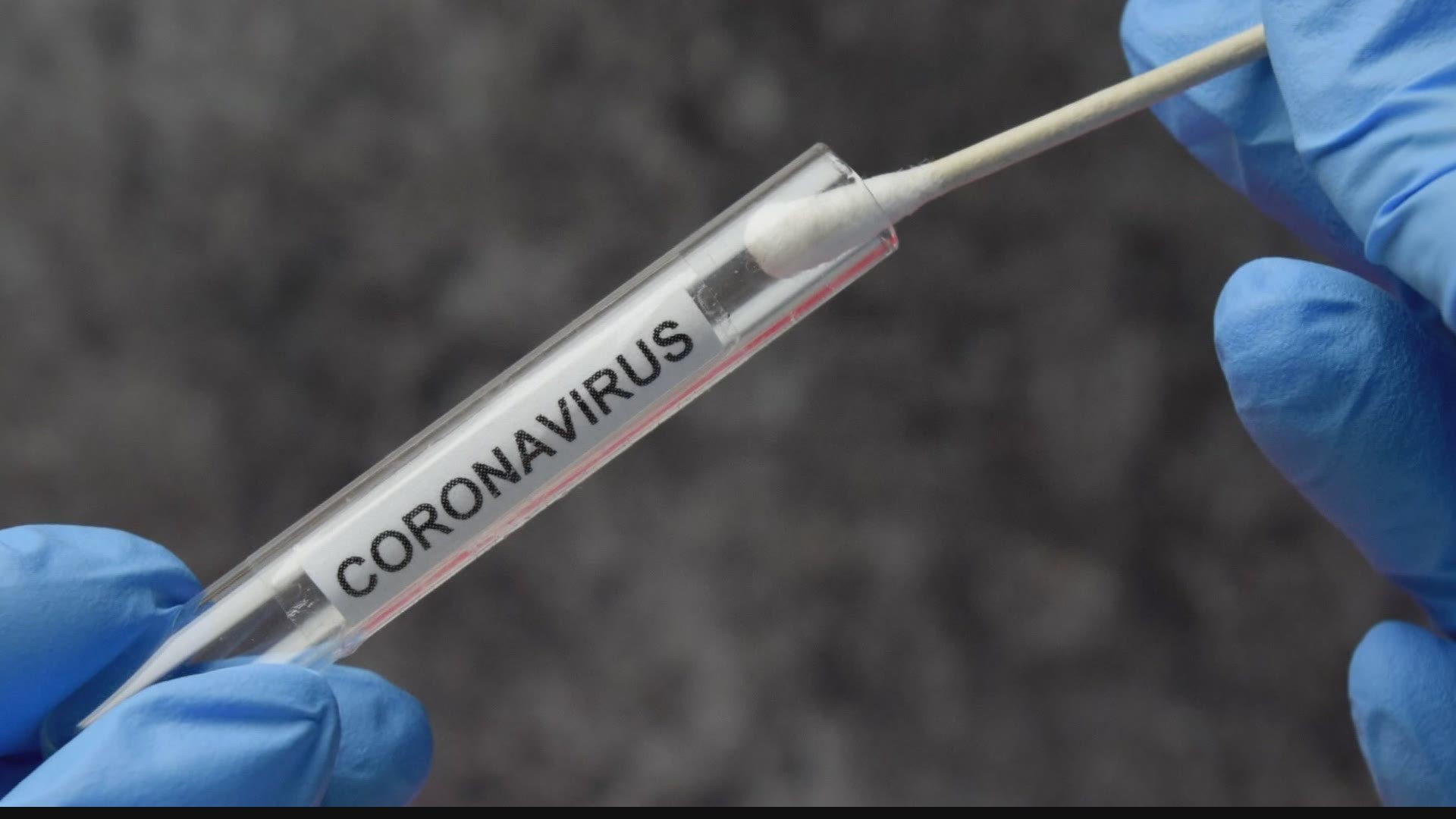ST. LOUIS — So, just how ready was the St. Louis region to face a disease like COVID-19? Were there plans in place to handle a pandemic? Or are some of our most long standing problems exposing weaknesses in our response?
"Plans are useless and planning is everything" is a wartime quote from history that guides Dr. Alex Garza. Garza — with SSM Health — heads up the St. Louis Metropolitan Pandemic Task Force, which is made up of four major hospital systems working together to fight COVID-19. 5 On Your Side wanted to know if Dr. Garza felt we had an adequate plan for a pandemic.
"We all have plans. We all know what, you know, the FEMA plans are and the pandemic plans, but it's always going to be adapted to whatever is happening on the ground," said Dr. Garza.
But while the hospitals adapt their plans, what are our local governments working with?
5 On Your Side asked several jurisdictions in the region for copies of any plans they had for a pandemic. What we got was a range from highly detailed and recently updated to closely guarded and supposedly secret.
Enbal Shacham with Saint Louis University's College for Public Health and Social Justice is watching how the region is responding to the virus.
"I think that I'm trying not to point fingers at one person or one leader. I think that we don't do well when we do that," said Shacham. "I think it depends how we measure that, right? I think if we say, 'Did we implement some stay at home policies quickly?' I think we did that a decent way."
But, she said COVID-19 is exposing gaps in our response. First, there is no 'one plan' for the entire region. Orders can be different from one county to the next or even one side of the street to the other.
"I think if we were able to collectively pull them together versus county versus city or St. Louis County versus St. Charles County, we're all in this together," said Shacham. "I think the region needs to respond in a way that recognizes these borders only matter to the people in charge of the borders."
Second, Shacham said our collective plans often overlook some of our neighbors most likely to be exposed to COVID-19, and, potentially, the most likely to die from it.
"We talked about the vulnerable populations that are primarily older adults, but we're not talking and we had not talked about how African Americans may be at high risk for COVID-19," said Shacham. "Are they working at grocery stores to put them at higher risk for getting infection? They're working as baggage handlers and ticket agents."
Shacham said we didn't have a system that looked for locations — like an international airport — that likely increase your risk of getting infected.
"We have historically and consistently dis-invested in our public health agencies and now we're highlighting, 'Oh, we should have paid attention to public health,'" said Shacham.
Shacham believes if the health of our region overall had been a bigger priority, we would be stronger and better prepared to deal with the coronavirus.
"Unfortunately, it took a pandemic for us to stop and look at that," said Shacham.
Dr. Garza said we still don't have the volume of testing needed for the region to reopen.
"It's going to take a while before we can, you know, declare victory over coronavirus," said Dr. Garza.
Right now, different jurisdictions are bidding on the open market for more tests. But Dr. Garza has seen improvised regional cooperation and some promising results. As people have stayed home, hospitals have stayed within their capacity, for now.
"And again, the way to do that is, is to operate as a region, there's, there's just no other way you can deal with a pandemic operating as individual jurisdictions," said Dr. Garza.
We don't want to repeat our mistakes if there's a second wave of the virus.
"Exactly," said Garza. "That's what keeps me up at night."
5 On Your Side requested any emergency plan that had to do with pandemics, whether that was influenza or coronavirus. The plans tell us how the different counties monitor for cases and which departments are responsible for services needed to respond.
Health departments for Illinois, Missouri and the counties of St. Louis, St. Charles, Jefferson, Madison and St. Clair sent us what they had. The City of St. Louis refused our request, citing an exception that allows them to withhold a document if making it public would impair their ability to respond to an emergency.
You can read the emergency plans we received by clicking on the links below.
Missouri: Pandemic influenza response plan
St. Louis County: Pandemic influenza response plan
St. Charles County: COVID-19 response plan
St. Charles County: Local public health emergency operations plan
Jefferson County: 2019 Novel coronavirus guidance manual
Jefferson County: H1N1 2009 pandemic influenza response plan
St. Clair County: Pandemic influenza plan
Madison County: Pandemic influenza plan

